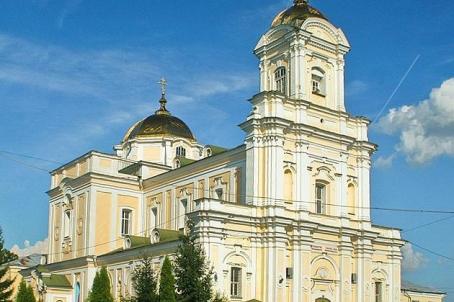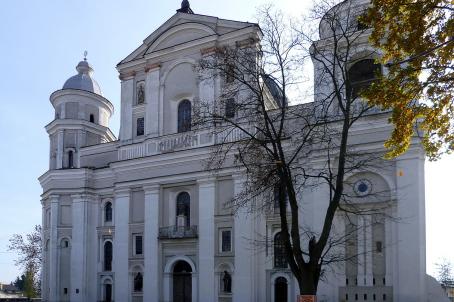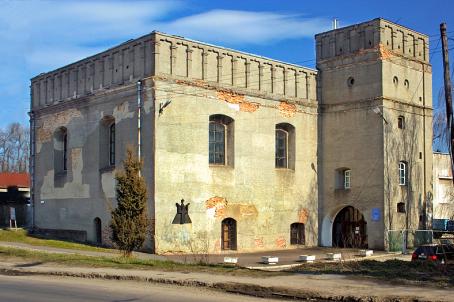Zhydychyn St.Nicolas Monastery
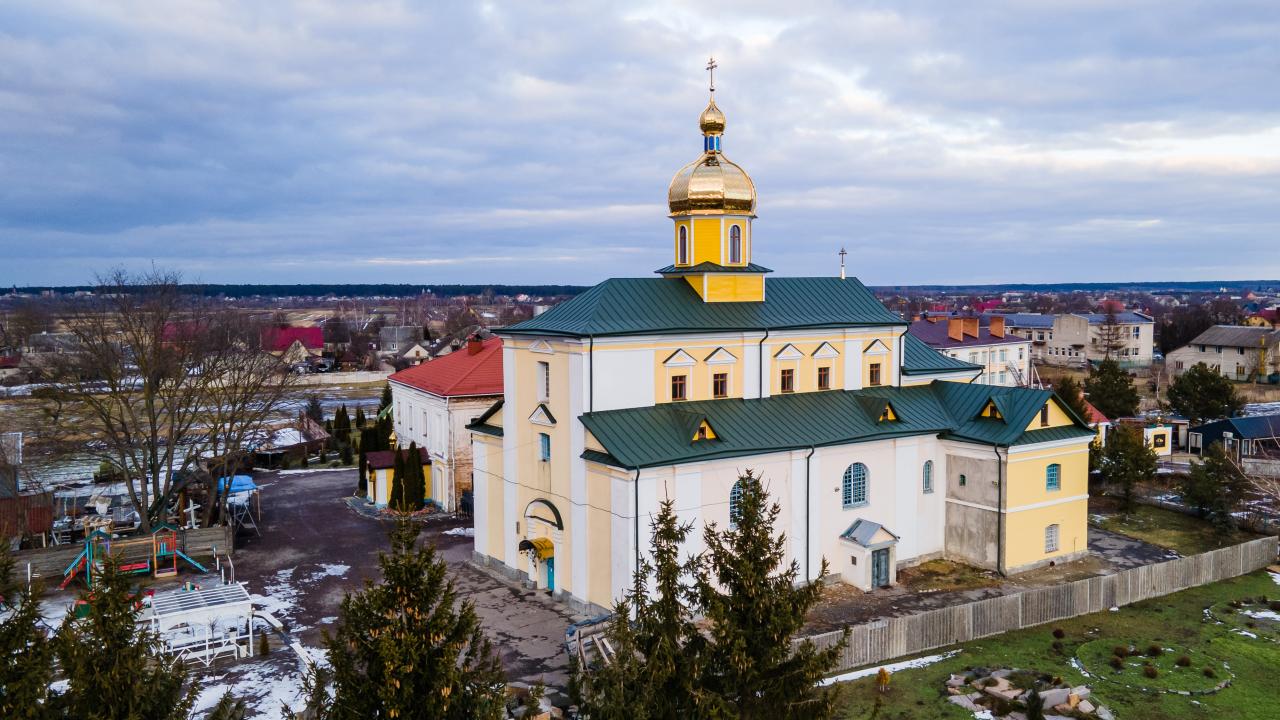
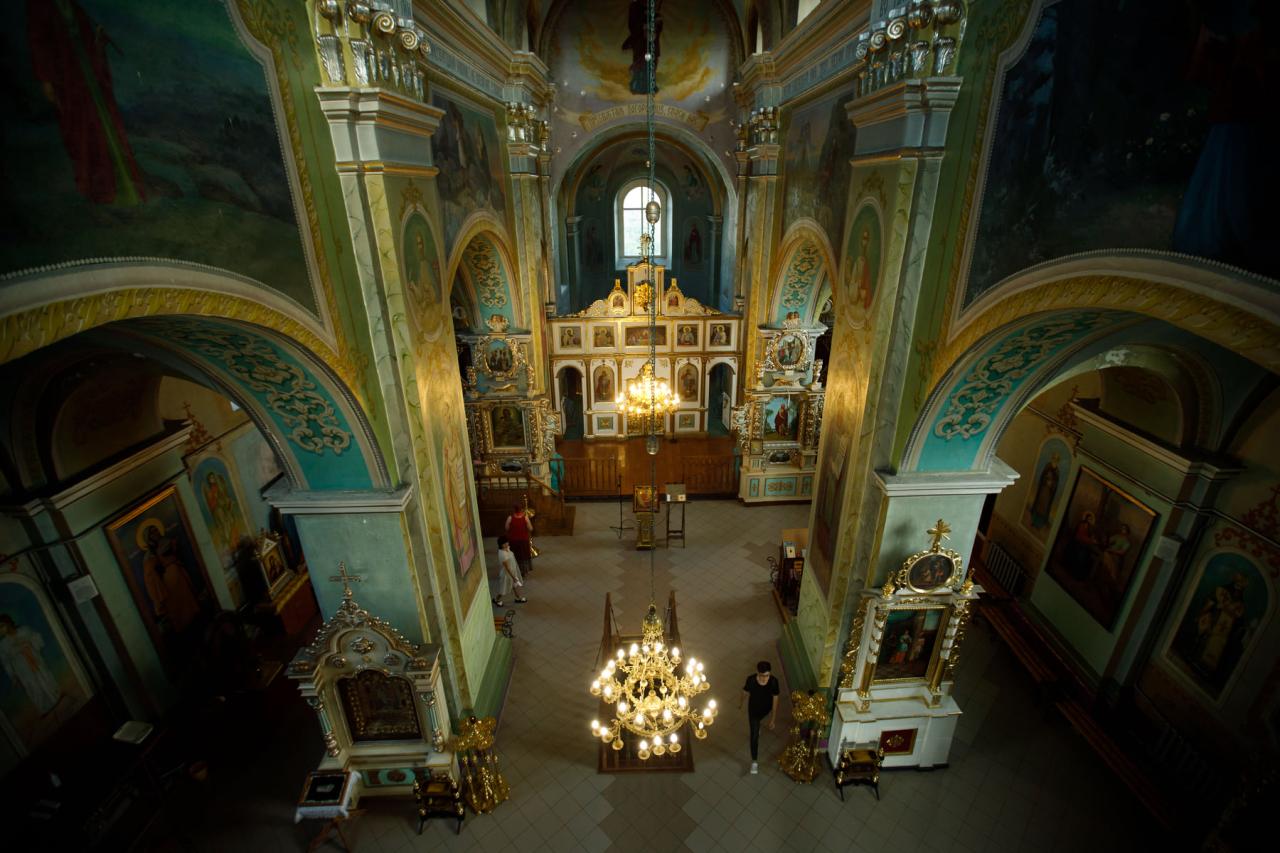
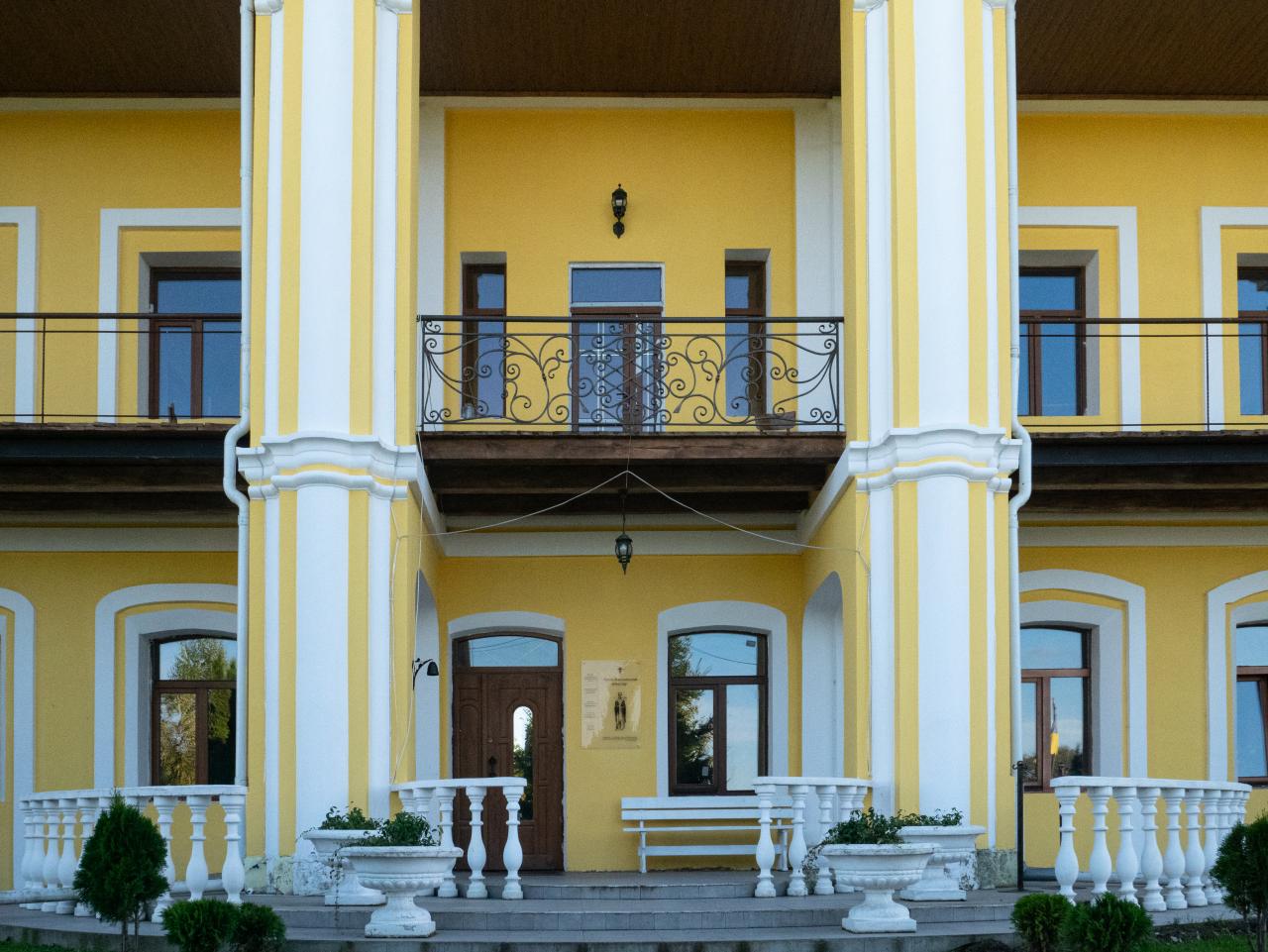



The St. Nicholas Zhydychyn Monastery is one of the oldest monasteries of Kievan Rus and, according to some sources, was founded before the baptism of Rus in the 9th and 10th centuries.
About this building
Monuments of national importance have been preserved since ancient times: The Metropolitan's Palace, St. Nicholas Church, and the bell tower. In 2019, we found an ancient tomb that no one knew about. It is preserved and all guests of our monastery can see it.
Timeline
975 year-Archimandrite Anekt of Zhydychyn presents the Throne Gospel to the Church of Zhydychyn (Basilian Chronicles).
1227-Prince Danylo Romanovych goes to Zhydychyn “to bow to the icon of St. Nicholas” (Galician-Volyn Chronicle)
In the 17th century in terms of its importance, the monastery was considered second only to the Kyiv Cave Monastery.
King Danylo Halytskyi and other European monarchs visited the monastery.
